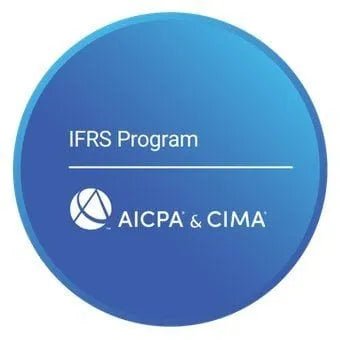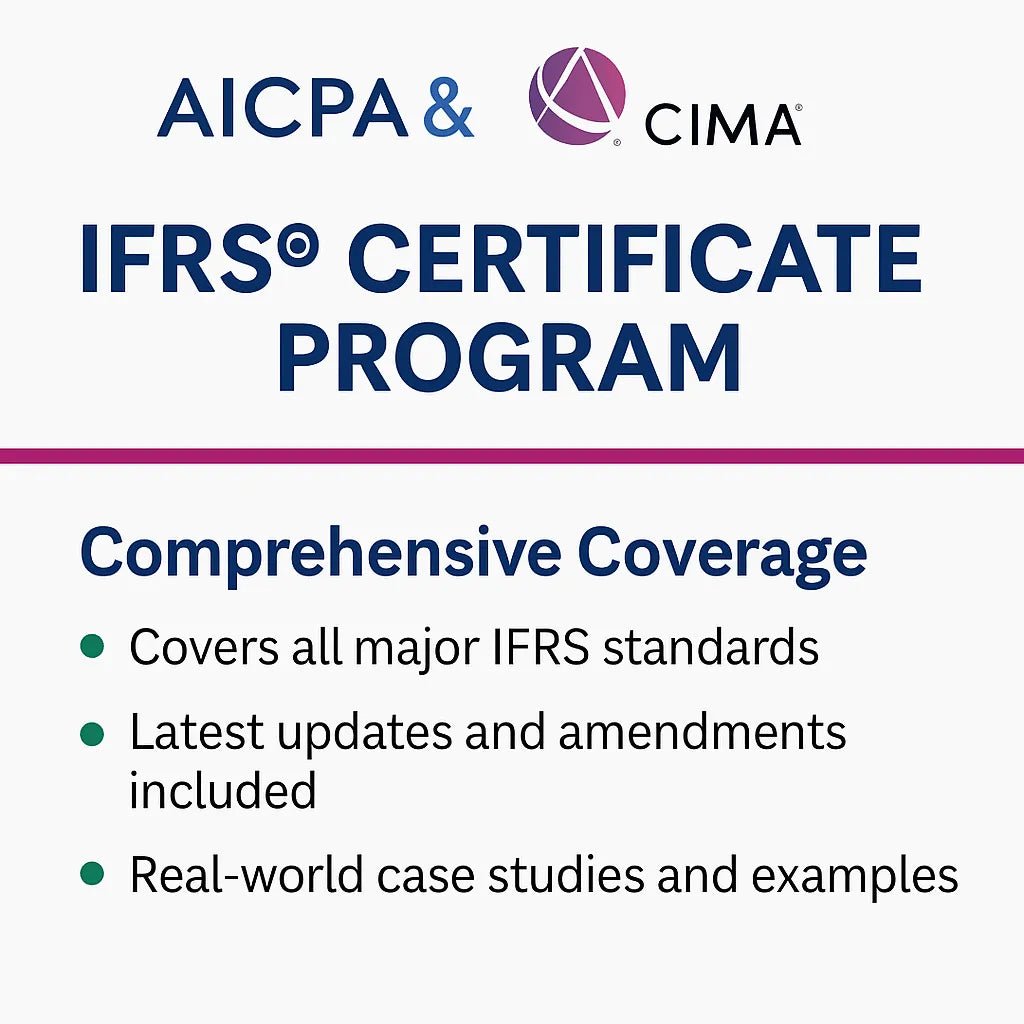What is a Financial Statement. Overview with lecture
One of the most critical aspects of finance is to be able to understand and analyse a company's financial statements. Financial statements provide a snapshot of a company's performance and financial position over a specific period.
A thorough understanding of how these statements can be interpreted is necessary to make sound financial decisions. This article will provide an overview of financial statements and some key concepts investors should be aware of when reviewing them.
Financial Statements
Financial statements are drawn up based on the various components dictated by accounting theory. These statements provide a company's stakeholders with a standardised file management system representing the company's economic performance and financial health.
Using values obtained from the trial balance, a business's accounting information can be further distilled into several compilation statements used to deduce various performance conclusions regarding the state of the business's finances. The main statements are the Income Statement, the Balance Sheet, and the Statement of Cash Flows.
Types of Financial Statements
The Income Statement
One of the main goals of any company is to maximise the profits it generates from operating activities. To assist in this process, you can draw the Income Statement to determine the company's profit or loss during its accounting period, which is usually one year.
To determine the profit, you need to deduct all the expenses incurred during the financial period from the total revenue generated.
Calculate Gross profit: You calculate the gross profit by subtracting all the expenses incurred during buying and selling—i.e. the cost of goods sold (COGS) —from the total revenue.
Gross profit = Revenue - Cost of Goods sold.
You can deduct other operating expenses from the gross profit to get the EBITDA. These other expenses are related to the business operations, such as salaries and wages, electricity and administration costs.
EBITDA = COGS - Operating expenses
From EBITDA, we deduct depreciation, interest and taxes to arrive at net income.
When constructing the Income Statement, ensure you abide by the requirements of the accounting concepts and conventions that apply to the business.
In particular, factor in the Accruals (Matching) concept, which states that only those expenses incurred in the current period can be included in the current period Income Statement.
So all expenses paid in advance must be deducted from current expense figures, whereas expenses incurred during the current period are added regardless of whether they have been paid for. Be aware, however, that many other conventions should be followed when drawing up financial statements.
The Balance Sheet
The remaining balances on the trial balance that aren't used in constructing the Income Statement are used in constructing the Balance Sheet. The Balance Sheet is a statement showing how the company's resources are financed by the owners' stake in the company and by debt. A Balance sheet is a point-in-time statement.
A balance sheet is a financial statement that shows a business's assets, liabilities, and shareholder's equity at a specific point in time. It comprises the balance sheet equation and the balance sheet format.
The balance sheet equation is Assets = Liabilities + Shareholders' Equity.
The balance sheet format shows how the assets, liabilities, and shareholders' equity are categorised on the statement. For example, assets might be classified as current or long-term, and liabilities might be classified as short-term or long-term.
The contents of the Balance Sheet can best be illustrated using the accounting equation:
Assets (resources) = Capital (owners' contribution to the business) + Liabilities (borrowings).
Therefore, the Balance Sheet will always balance because the total assets that a company will have can only be financed by either its liabilities or its owners' capital.
The Cash Flow Statement
Profit figures calculated on the Income Statement can easily be manipulated by increasing or decreasing some aspects of the Balance Sheet or through other accounting fraud.
Reported profits don't always reflect a company's accurate performance. Large companies such as Enron and WorldCom declared bankruptcy while reporting high-profit figures. To prevent such inaccuracies, whether intentional or not, ensure you draw up the Statement of Cash Flows.
It calculates cash flows from operating activities, cash flows from investing activities, and cash flows from financing activities.
These three subtotals are added to calculate the total cash inflow/outflow at a particular date, which helps determine whether or not a business has enough liquidity (available cash) to sustain actual day-to-day business operations.
Accounting Ratios
Analysing profit and cash flow figures in isolation doesn't communicate the entire state of a company's financials. Accounting ratios are a great way to further analyse financial statement components. They are also helpful when comparing a company's figures Year on Year (YoY) or different companies' performance.
There are five significant categories of accounting ratios.
- Profitability ratios assess profit from sales, capital, and other financial variables.
- Efficiency ratios reveal how well management is utilising assets to make a profit.
- Liquidity ratios assess whether or not a company has enough cash to pay for its short-term debts and how the working capital management is being handled.
- Gearing ratios analyse how the company is financed. They show to what extent the company is financed by debt versus owners' contributions.
- Investor ratios reflect what extent the shareholders are getting returns for the funds they invested in the company.
Closing comments
Financial statements are an essential tool for understanding a company's annual report. They can be used to make sound investment decisions and assess a company's financial condition. However, interpreting balance sheets and income statements can be challenging, especially for those unfamiliar with accounting concepts.
For this reason, it is essential to take a course that covers IFRS or USGAAP to learn how to read and interpret financial statements correctly. With Eduyush, you can get the training you need to become an expert in financial statement analysis.
FAQs
ACCA blogs
Follow these links to help you prepare for the ACCA exams
IFRS blogs
Follow these blogs to stay updated on IFRS
Formats
Use these formats for day to day operations
- Account closure format
- Insurance claim letter format
- Transfer certification application format
- Resignation acceptance letter format
- School leaving certificate format
- Letter of experience insurance
- Insurance cancellation letter format
- format for Thank you email after an interview
- application for teaching job
- ACCA PER examples
- Leave application for office
- Marketing manager cover letter
- Nursing job cover letter
- Leave letter to class teacher
- leave letter in hindi for fever
- Leave letter for stomach pain
- Leave application in hindi
- Relieving letter format
Interview questions
Link for blogs for various interview questions with answers
- Strategic interview questions
- Accounts payable interview questions
- IFRS interview questions
- CA Articleship interview questions
- AML and KYC interview questions
- Accounts receivable interview questions
- GST interview questions
- ESG Interview questions
- IFRS 17 interview questions
- Concentric Advisors interview questions
- Questions to ask at the end of an interview
- Business Analyst interview questions
- Interview outfits for women
- Why should we hire you question
leave application format
- Leave application for office
- Leave application for school
- Leave application for sick leave
- Leave application for marriage
- leave application for personal reasons
- Maternity leave application
- Leave application for sister marriage
- Casual leave application
- Leave application for 2 days
- Leave application for urgent work
- Application for sick leave to school
- One day leave application
- Half day leave application
- Leave application for fever
- Privilege leave
- Leave letter to school due to stomach pain
- How to write leave letter
Insurance blogs
- Sample letter of appeal for reconsideration of insurance claims
- How to increase insurance agent productivity
- UAE unemployment insurance
- Insurance cancellation letter
- Insurance claim letter format
- Insured closing letter formats
- ACORD cancellation form
- Provision for insurance claim
- Cricket insurance claim
- Insurance to protect lawsuits for business owners
- Certificate holder insurance
- does homeowners insurance cover mold
- sample letter asking for homeowner right to repair for insurance
- Does homeowners insurance cover roof leaks













Leave a comment